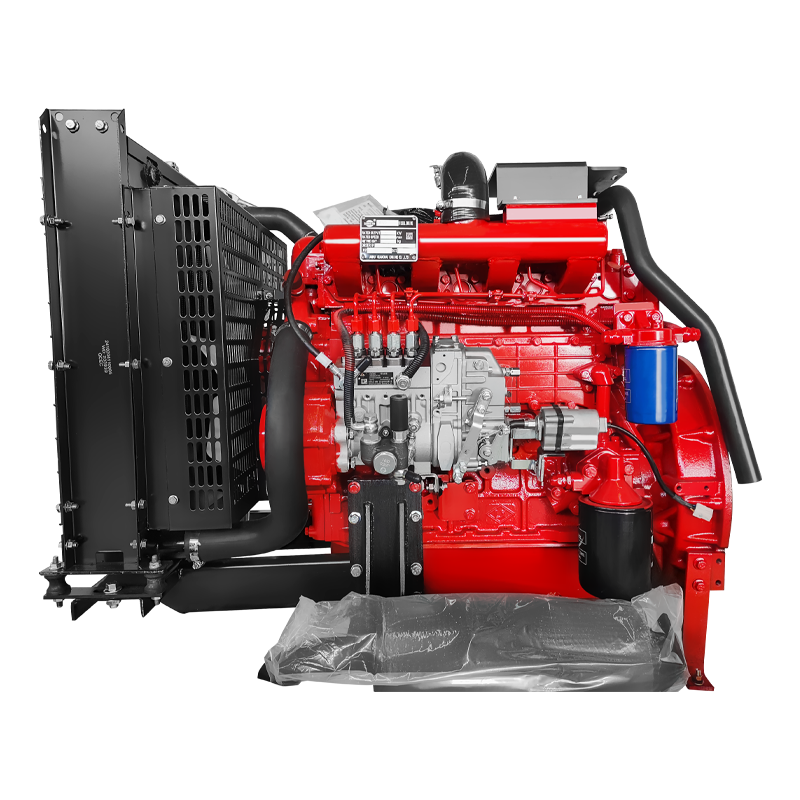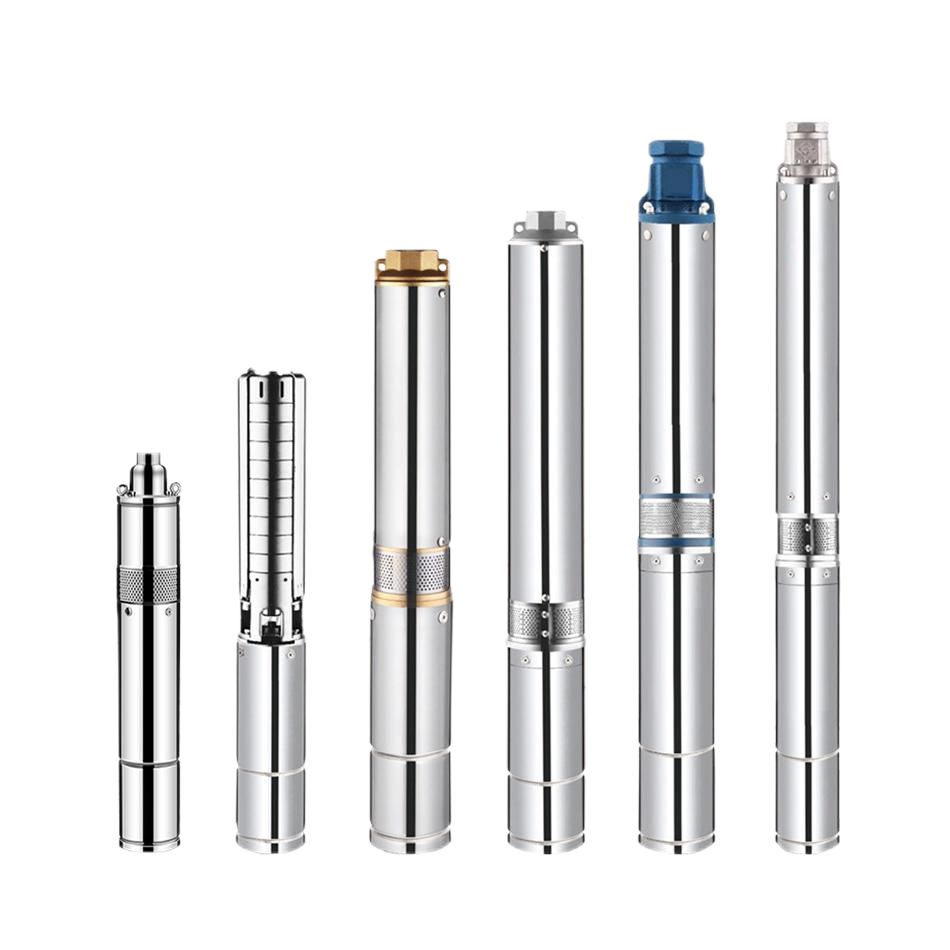A Fire Fighting Pump is an essential part of a fire safety system. These pumps have high-pressure water nozzles and are powered by an engine. Their rated capacities are determined by a standard called AS 2941-2013. The NFPA 20 standards are followed to ensure their reliability and performance. These standards apply to all builders, contractors, and facilities managers. They also specify the appropriate installation requirements. If you want to buy a Fire Fighting Float or Aqueous Foam, there are a few things to keep in mind.
The hose size of a Fire Fighting Pump should be chosen carefully. A standard 3/4" hose is ideal for smaller jobs and is more easily maneuverable. However, if you need a larger pump, you should choose a 1" hose. A 1" ring is the best blend of volume and manageability. It is also lightweight and can be operated for long periods of time. A good fire hose should be easy to install and maintain.
The National Fire Protection Association classifies three types of fire pumps. Each type offers different features and benefits. A small, relatively high-pressure pump delivers 15 to 20 gallons per minute and is lightweight. It is also capable of 200-psi net pressure. A smaller, relatively high-pressure pump can be used in areas where only small amounts of water are required. It can be attached to a long hose and is perfect for brush fires.
A Fire Fighting Pump is essential to a fire department. It can save money, reduce pollution, and ensure safety for all personnel. It can also be used to bridge a water supply gap. To ensure safe and reliable performance, fire pumps should be installed by qualified personnel. It should also meet the standards of NFPA 20, 25 and other national organizations. In addition to their importance, fire pumps can also save energy. There are many factors to consider when choosing a Fire Fighting Pump, but these are just the surface-level considerations.
A Fire Fighting Pump can be a lifeline when it comes to a fire. In addition to reducing energy use, a Fire Fighting Pump can bridge the gap between a firefighter and a water supply. A well-maintained Fire Fighting Pump can also reduce pollution and minimize energy consumption. A pump can help firefighters fight a large-scale fire. If a small-scale fire is not controlled, a small portable pump can be used for smaller situations.
There are many advantages to a Fire Fighting Pump. A Fire Fighting Pump can protect a property from a fire by enhancing water pressure in the fire protection system. It can also reduce the cost of a fire by preventing the spread of a wildfire. Further, the pump can protect the community and the property. A fire pump is essential for firefighters. This is because it can help keep a community safe. It will increase the safety of a building.
A Fire Pump is a necessary part of a fire protection system. It is essential for preventing bushfires in a large property. It is also an important piece of equipment when it comes to home and business security. For example, it will help protect people from wildfires and ensure a safe environment. It will also keep firefighters from having to deal with a lot of stress. There are several types of pumps on the market today.
Choosing a Fire Fighting Pump for your building is an important decision. It will not only protect the structure but will also prevent a fire. It is an essential part of fire safety and can help reduce energy consumption. When installed properly, it will save time and money. Aside from minimizing pollution, a Fire Fighting Pump will also save money in the long run. Moreover, it will enable firefighters to stay focused and fight back on the area they are fighting.
A Fire Pump is a critical part of any fire protection system. It is an important part of a fire protection system. A pump is an integral component of the entire system. It is more than just a pump, as it includes a motor and controller. A pump will receive water from a water tank, lake, or reservoir and distribute it to areas that need it. Custom types of fire pumps include vertical split case and horizontal split case.
News
 English
English عربى
عربى
 Fire Pump and System
Fire Pump and System Split Case Pump
Split Case Pump Engine and Pump
Engine and Pump Long Shaft Pump
Long Shaft Pump Multistage pump
Multistage pump Water Supplier System
Water Supplier System Sewage Pump
Sewage Pump Industrial Pump
Industrial Pump Self-Priming Pump
Self-Priming Pump Inline Pump
Inline Pump Domestic Pump
Domestic Pump Electric Motor
Electric Motor Borehole Pump
Borehole Pump







